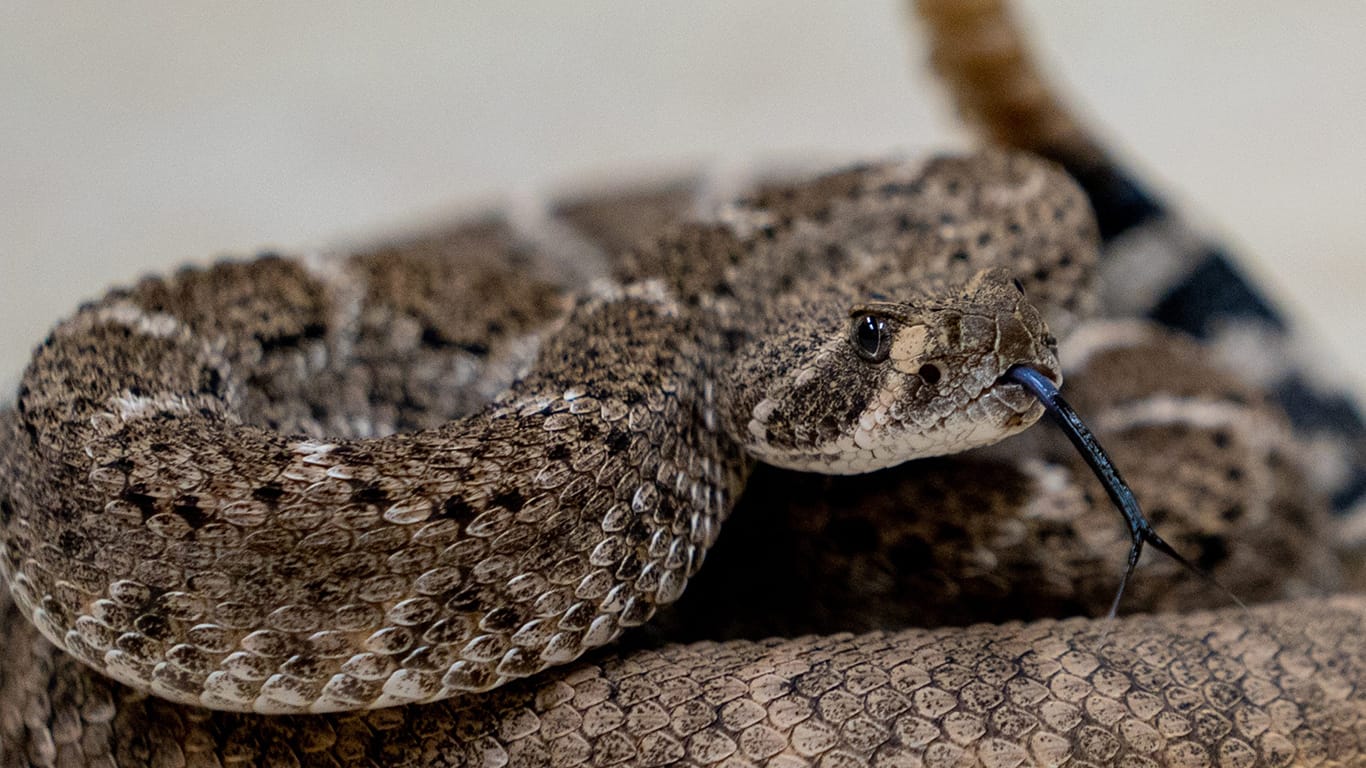As the temperatures rise and the sun casts its golden glow over the Arizona landscape, more and more people are drawn outside to embrace the beauty of the outdoors. However, amid the breathtaking Arizona scenery and rugged trails, there’s a potentially dangerous cohabitant – rattlesnakes.
MORE NEWS: Ranking Arizona: Top 10 staycations for 2024
Bryan Kuhn, a toxicologist from the Banner Poison & Drug Information Center, cautions adventurers about the increased encounters between humans and snakes as temperatures climb above 80 degrees.
“Generally speaking, once we get consistent temperatures in the Valley above 80 to 85 degrees, we start to see a dramatic increase in the number of encounters of snakes and people who are out in the territory in which snakes are. That could be in your home or in rural areas,” Kuhn said.
In Arizona, where the desert stretches far and wide, 13 rattlesnake species make their presence known in both rural areas and even occasionally in homes, especially from March to October, according to the Arizona Game & Fish Department.
But fear not, for knowledge is the key to safety, according to Cale Morris, the venom manager at the Phoenix Herpetological Sanctuary. He advises hikers and residents alike to stay vigilant and always mindful of their surroundings. A simple rule emerges – never reach into the unknown as rattlesnakes may be lurking nearby.
“As far as being safe hiking around, safe around your home, paying attention to your surroundings, you know you’re in the desert and rattlesnakes are around you, be mindful of that,” Morris said. “Don’t ever put your hands down into bushes or into spaces where you can’t see where they are.”
Barbara Postorino, an experienced hiker, shared her encounters with the slithering neighbors. She said she aims to respect their space and allow them to continue on their path undisturbed.
“We hike all these mountains around here and some longer hikes, and in the dead of summer, they are really out a lot then,” Postorino said on a hike at Pinnacle Peak in April. “They’ll be there and they’ll coil, and you just let them have their space, and they turn around and go the other way or go where they’re going. But occasionally we have had to take a rock, and you throw it in their direction and they move much quicker.”
In the event of a snakebite, swift action is paramount, Kuhn said. He emphasized the importance of seeking medical attention promptly, urging individuals to head to larger hospitals equipped with the necessary antivenoms. He said it’s crucial to stay calm and let experts handle the situation.
“We want all of these patients to present to an emergency department at a larger hospital, not at a freestanding emergency department or urgent care. At our facilities we have the ability to administer one of the two antivenoms,” Kuhn said.
With a 3-foot strike zone, rattlesnakes command respect. Yet, with a step back, the average adult can safely evade their reach, allowing both human and serpent to coexist harmoniously.
If you encounter a rattlesnake in your yard, garage, or home, get away and call a professional to come and safely remove it.The Phoenix Herpetological Sanctuary can remove the rattlesnake from the property for a fee. More information can be found on the organization’s website or by calling (602)-550-1090.




